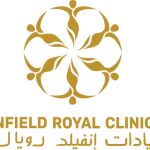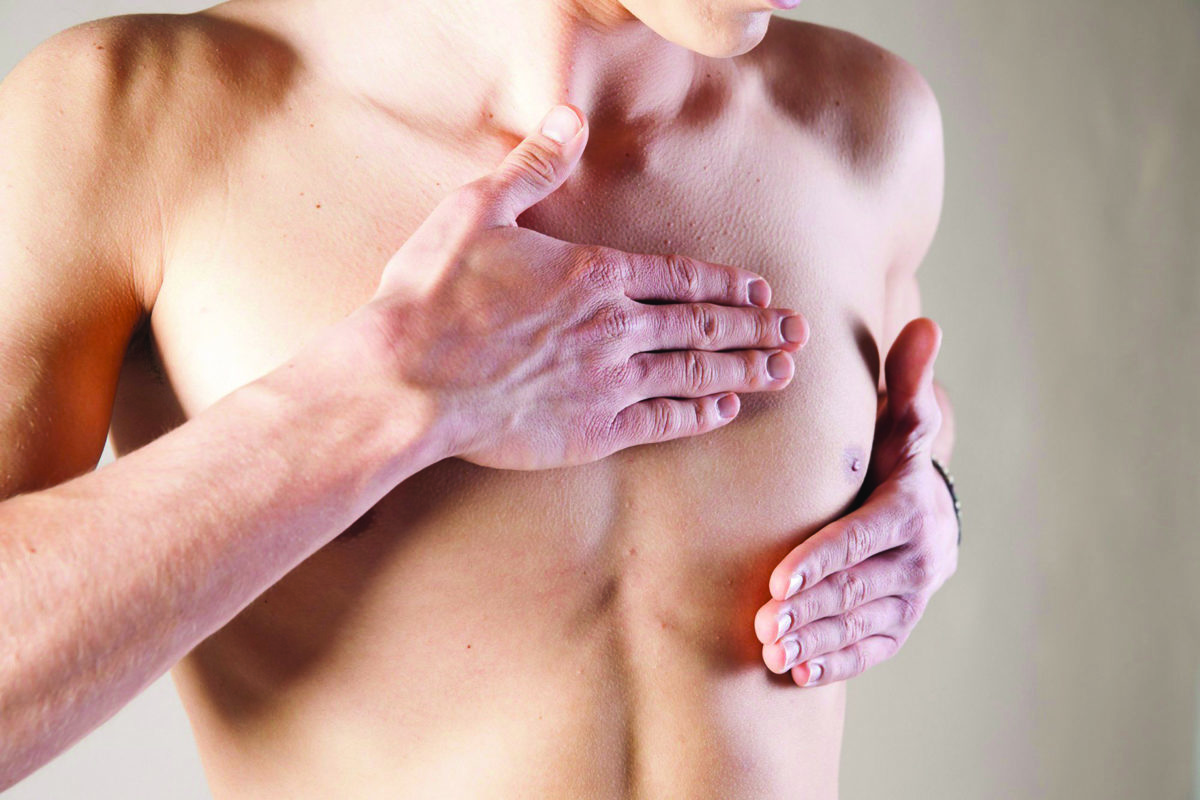Introduction to Gynecomastia
Gynecomastia is characterized by the swelling of breast tissue in males, often caused by hormonal imbalances or certain medical conditions. It can occur at any age but is most common during puberty and older age. The condition can impact self-esteem and confidence, leading many individuals to seek effective treatment options.
Causes of Gynecomastia
Understanding the underlying causes of gynecomastia is crucial for developing targeted treatment plans. Hormonal fluctuations, medications, genetics, and lifestyle factors such as obesity and excessive alcohol consumption can contribute to gynecomastia development.
Lifestyle Changes for Gynecomastia Treatment
Making healthy lifestyle changes can significantly improve gynecomastia symptoms. This includes maintaining a balanced diet, engaging in regular exercise, reducing alcohol intake, and avoiding illicit substances. These changes not only benefit physical health but also contribute to hormonal balance.
Therapeutic Options for Gynecomastia
Therapeutic interventions for gynecomastia vary depending on the severity of the condition. Non-surgical treatments like hormone therapy, medication adjustments, and targeted exercises may be recommended to reduce breast tissue size and improve chest contour.
Surgical Interventions for Severe Cases
In severe cases where non-surgical methods are ineffective, surgical interventions such as liposuction or mastectomy may be considered. These procedures aim to remove excess breast tissue and achieve a more masculine chest appearance.
Psychological Impact and Coping Strategies
Dealing with gynecomastia can take a toll on mental well-being. It's essential to address the psychological impact through counseling, support groups, and self-care practices. Building resilience and adopting positive coping strategies can enhance overall coping with the condition.
Dietary Tips for Managing Gynecomastia
Certain dietary changes, such as increasing fiber intake, consuming lean proteins, and avoiding processed foods, can support gynecomastia management. Additionally, staying hydrated and incorporating antioxidant-rich foods can promote overall health.
Exercise and Physical Activity Recommendations
Regular exercise, particularly strength training and cardio exercises targeting the chest area, can help reduce gynecomastia symptoms. Working with a fitness professional to develop a personalized exercise regimen is beneficial for optimal results.
Hormonal Treatments and Medications
In some cases, hormonal treatments or medications may be prescribed to address hormonal imbalances contributing to gynecomastia. These treatments aim to normalize hormone levels and alleviate breast tissue enlargement.
Natural Remedies and Alternative Therapies
Natural remedies and alternative therapies, such as herbal supplements, acupuncture, and massage therapy, are sometimes used as complementary approaches to gynecomastia treatment. However, their efficacy may vary, and it's essential to consult with a healthcare provider before trying any alternative treatments.
Gynecomastia Prevention Tips
While not all cases of gynecomastia are preventable, adopting a healthy lifestyle, maintaining a stable weight, and avoiding known triggers like excessive alcohol and drug use can reduce the risk of developing the condition.
Seeking Professional Medical Advice
Individuals experiencing gynecomastia symptoms should seek prompt medical evaluation and guidance. A healthcare provider can conduct a thorough assessment, determine the underlying cause, and recommend appropriate treatment options tailored to the individual's needs.
Conclusion: Empowering Individuals with Gynecomastia
In conclusion, Gynecomastia Male Breast Reduction In Riyadh treatment encompasses a multifaceted approach that includes lifestyle modifications, therapeutic interventions, and medical management. By addressing the physical, emotional, and psychological aspects of the condition, individuals can enhance their quality of life and regain confidence in their appearance.






Comments